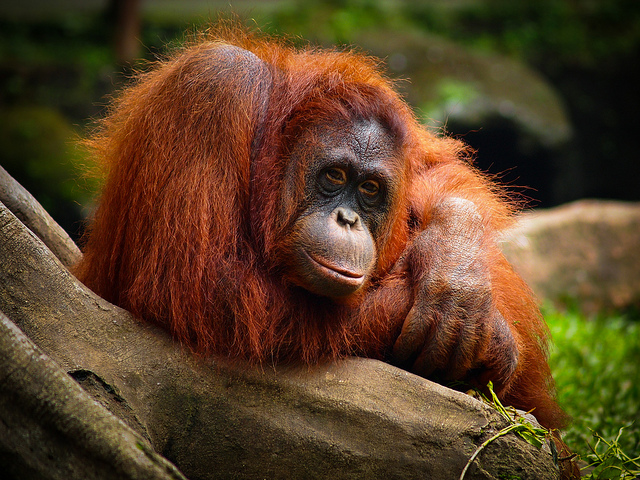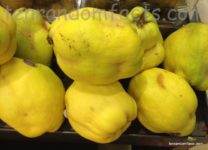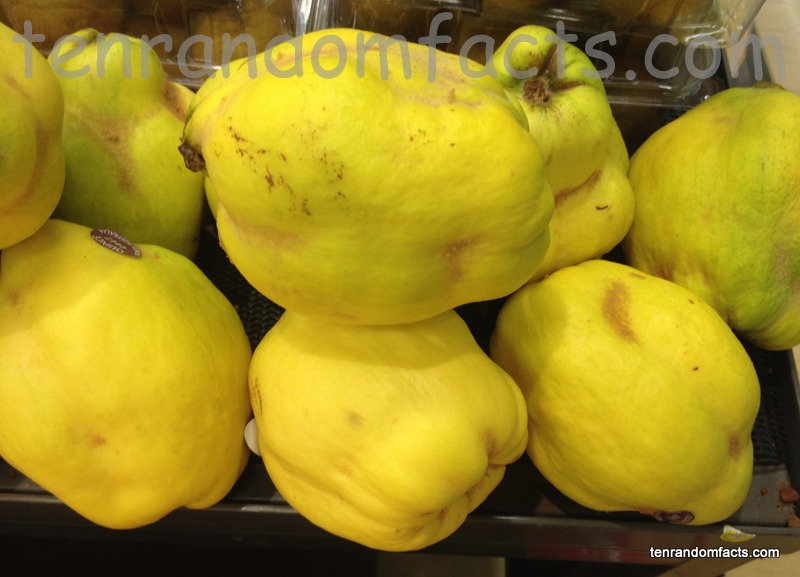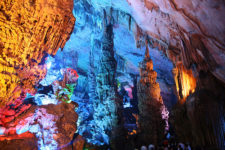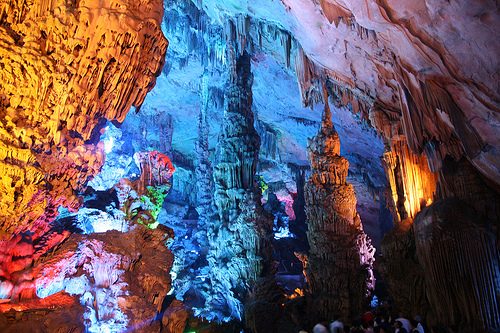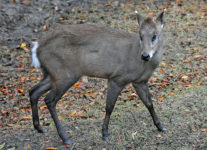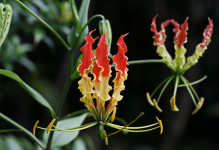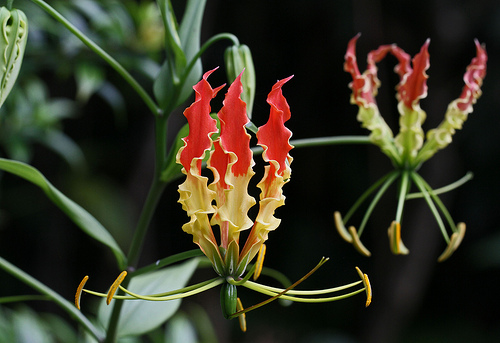
Orangutans are disappearing like wildfire.
- Orangutans are a genus of large primates, of which there are two extant species, and they are endemic to the rainforests of Indonesia and Malaysia.
- ‘Orangutans’ are also known as ‘orangutangs’, ‘orang-utans’ and ‘orang-utangs’; while the two species of the animal are commonly known as ‘Bornean’ and ‘Sumatran’.
- The scientific name of an orangutan is Pongo – Pongo abelii (Sumatran) and Pongo pygmaeus (Bornean), and it is from the family Hominidae, the family of great apes.
- Orangutans generally grow to be 1 to 1.8 metres (3.3 to 5.9 feet) in height and they weigh 30 to 90 kilograms (66 to 198 pounds).
- Orangutans are quite hairy and are an orange-red colour with a brown-black face; and their long arms can span up to 2 metres (6.6 feet).
An Orangutan
Image courtesy of Dupan Pandu/Flickr
- The diet of orangutans consists primarily of fruit, although insects, eggs, new shoots, bark, and leaves are also eaten.
- Orangutans seldom set foot on ground, rather they travel in the treetops, mostly alone, and make and sleep in nests there; spending more time in trees than any other great ape.
- Orangutans have been observed using tools, solving problems, and comprehending symbols for communication purposes with humans.
- Both orangutan species are critically endangered, due to severe deforestation, illegal trade, hunting, forest fires, and habitat fragmentation.
- Orangutans produce loud howls that are audible up to a distance of 2 kilometres (1.2 miles); and they can have a lifespan between 30 to 5o years or more.
Bibliography:
Orang-utans, 2016, World Wildlife Fund, http://wwf.panda.org/what_we_do/endangered_species/great_apes/orangutans/
Orangutan, 2016, National Geographic, http://animals.nationalgeographic.com.au/animals/mammals/orangutan/
Orangutan, 2016, Wikipedia, https://en.wikipedia.org/wiki/Orangutan




